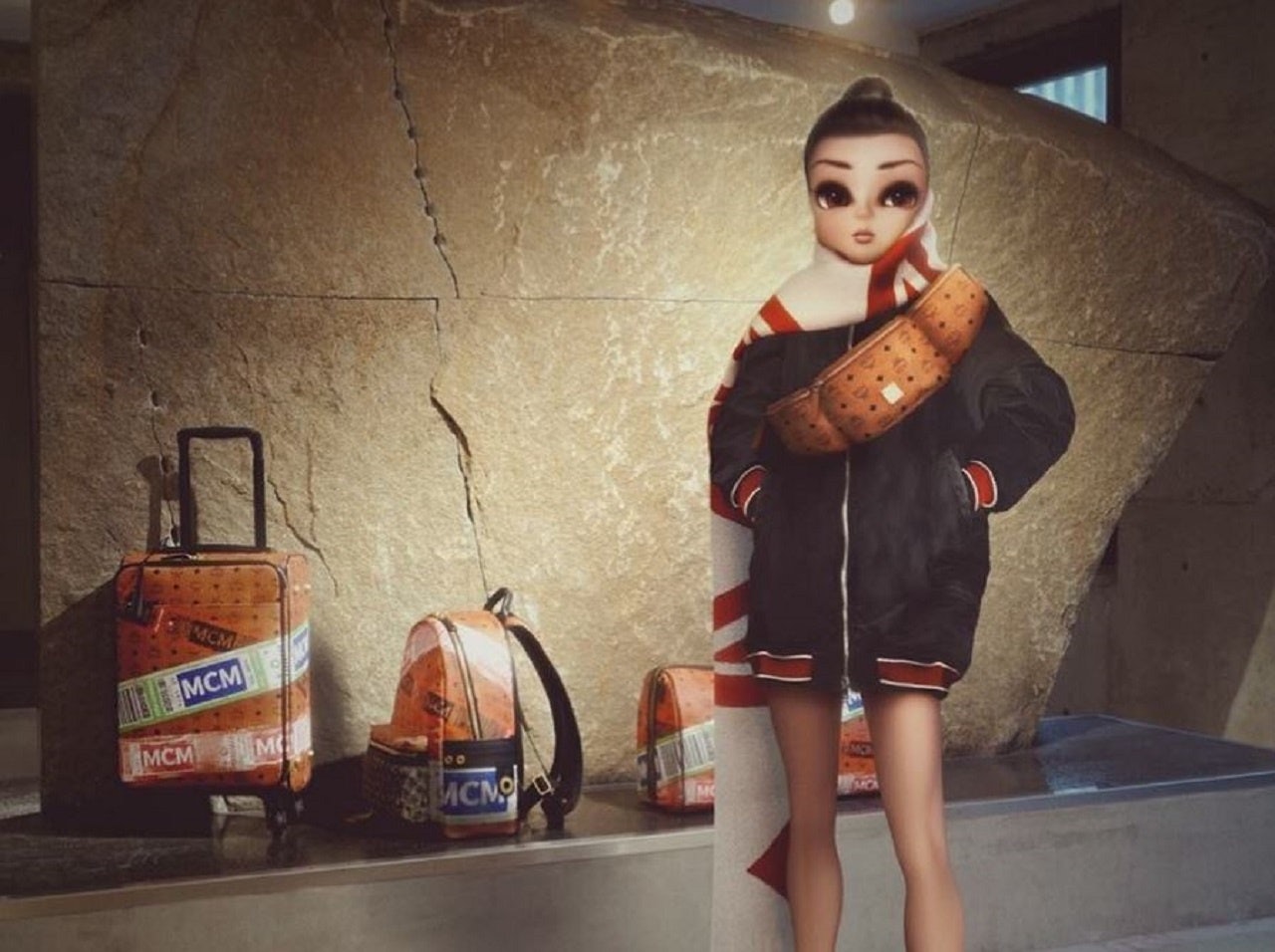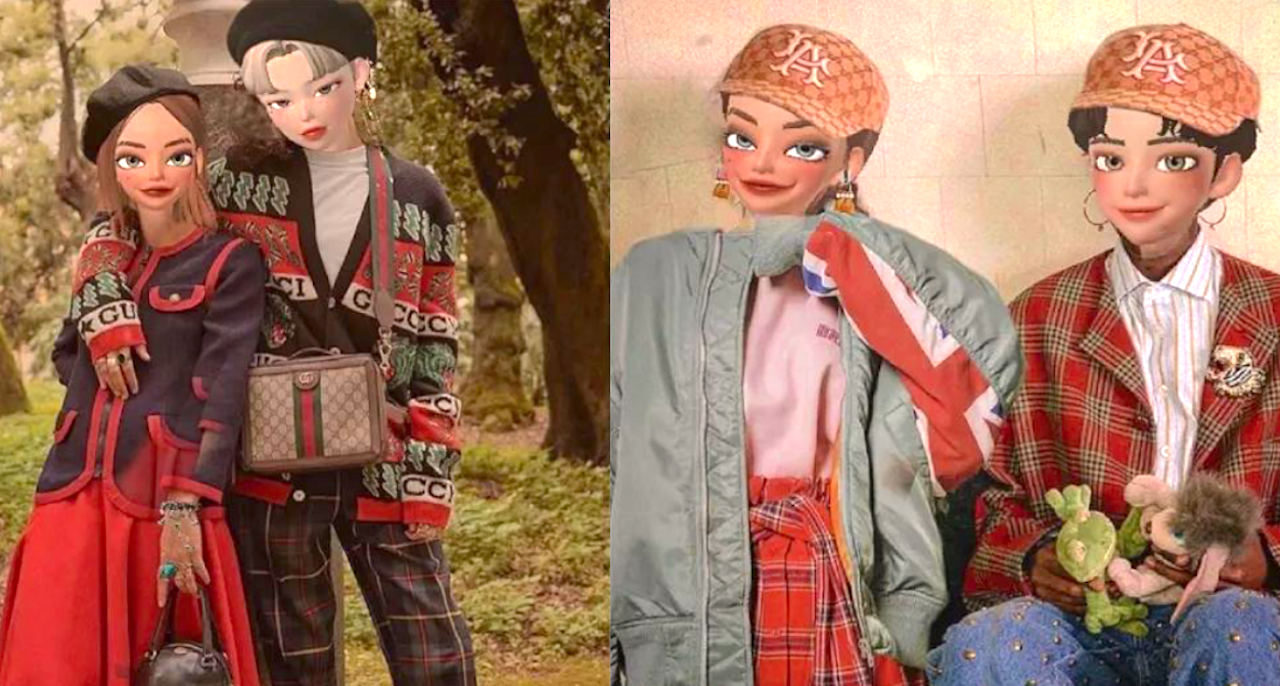Key Opinion Leaders (KOLs) and online influencers have established themselves as premier players in the luxury sector and now command significant fees and build celebrity-level profiles from collaborating with big-name brands. But now they’re facing increasing competition from a whole new cast of characters: virtual influencers.
Born out of the enduring consumer enthusiasm for ACG (anime, comics, and games), these animated models, performers, and brand ambassadors have become a fast-growing trend that hasn’t escaped the attention of luxury retailers wanting to attract young consumers. With virtual influencers in China taking part in everything from holographic concerts (tickets for a concert featuring China’s first virtual pop star Luo Tianyi sold out in minutes) to online talent shows (virtual idol HeZ sparked a debate about animated characters competing against real people), brands have quickly seen the advantages of hiring them to help promote their products.
It’s catching on in the West, too, but they are designed differently for the two audiences.
Magical realism vs. hyperrealism#
Earlier this year, the creative studio and online magazine Voicer presented its new intern — China’s first virtual influencer — to its followers. Like traditional influencers, Poka Poka has her own Instagram account and a growing army of fans. And while she may have worked with Gucci, Mr. Porter, and Shushu Tong, she is clearly anything but traditional. Created to appeal to China’s enormous ACG fan base, she embodies elements of magic realism that make her look and feel as if she’s stepped out of one of the better-designed life simulation games. Stopping short of precisely replicating human features is key to engaging a Chinese audience — it preserves a sense of fantasy while delivering a very real opportunity to connect with luxury brands.
Tmall was one of the first to capitalize on the popularity of this kind of virtual influencer by appointing the virtual KOL Noonoouri, who has a strong track record in the luxury business, as an ambassador for its luxury platform, LuxuryPavilion. She has had features in Vogue; dresses in Jacquemus, Versace, and Fendi; and famously took over Dior’s official Instagram account for two days to promote its 2019 Cruise collection. Capitalizing on anime and manga sensibilities through exaggerated features and a highly-stylized appearance has evidently paid dividends —Noonoouri currently has over 291,000 followers.
And, in a direct path from gaming to brand promotion, the virtual boy band WXWZ (无限王者团) was brought to life via Tencent’s top-performing mobile game Honor of Kings. The band collaborated with luxury fashion brand Thom Browne who “dressed” the band members for their first appearance. Meanwhile, creators in the West — who apparently have dismissed any concerns about the uncanny valley effect — have adopted a different approach by choosing to drop the ‘magical’ and go straight for realism (or as close as they can get to it). These virtual influencers could — and have — been mistaken for real people, thanks to their hyper-realistic features.
With 1.6m followers on Instagram, Lil Miquela typifies this kind of virtual being. She’s a “19-year-old Brazilian-American Instagram influencer and model,” wears designer gear “given” to her by brands that include Chanel and Prada, and “self-awareness” is her stand-out characteristic. Often sharing her opinions on social trends, world events, and causes, she has also commented on her own origin story — in a very human way. ‘“In trying to realize my truth, I’m trying to learn my fiction,” she states after discovering that her creation was a choice made in order to “sell me to brands.”
Luxury boutique Balmain has fully embraced the concept by adding three virtual models to its #BalmainArmy. Shudu, the “world’s first digital supermodel,” was snapped up by the luxury brand to capture the attention of a global audience, along with virtual companions Margot and Zhi. Following a successful campaign where Balmain worked with software company CLO Virtual Fashion to dress Shudu in their new range, she appeared across Balmain’s stores and malls in Hong Kong to capitalize on her popularity and the buzz surrounding virtual models.
However, a feature about the trio in Harper’s Bazaar highlighted the issue with creating CGI models that are this close to being human — they can make the audience uncomfortable. In a poll at the end of the article, readers were asked to vote on how they feel about virtual models. While 33 percent agreed “This is the future of fashion,” 67 percent declared them to be “So creepy.”
A virtually perfect solution?#
As with all new technology, there can be conflict over whether it’s an advancement, a gimmick, or a development which actually sets us back from a human perspective (the debate around virtual stars appearing in reality shows bears this out). While some may see the total control virtual influencers afford brands to deliver a very precise, culturally-tailored ‘look’ and message, others may see it as a step too far into digitized experiences that completely eradicate human flaws. Whatever their perspective, it’s a conversation that will come up more and more often among luxury brands and their marketing teams as they seek to perfect their promotional strategies.

